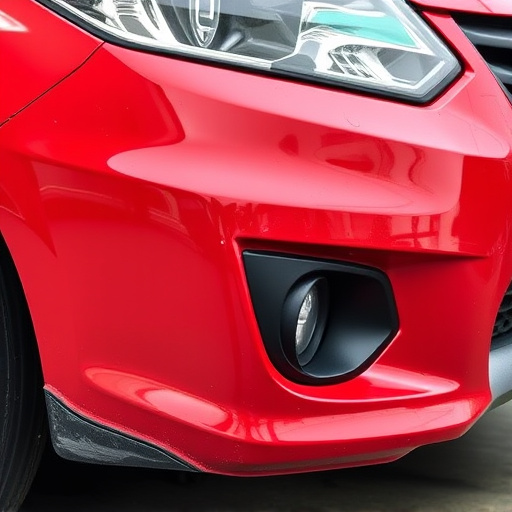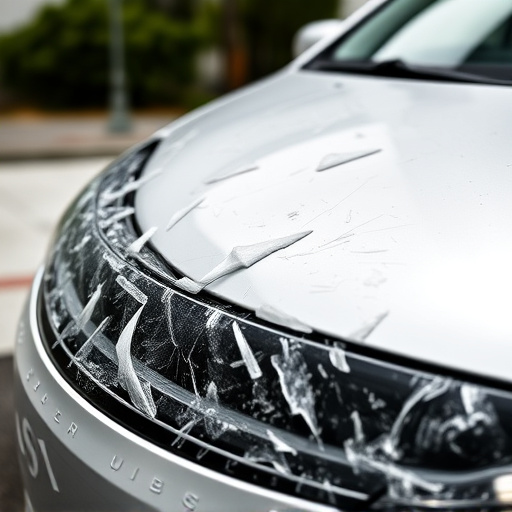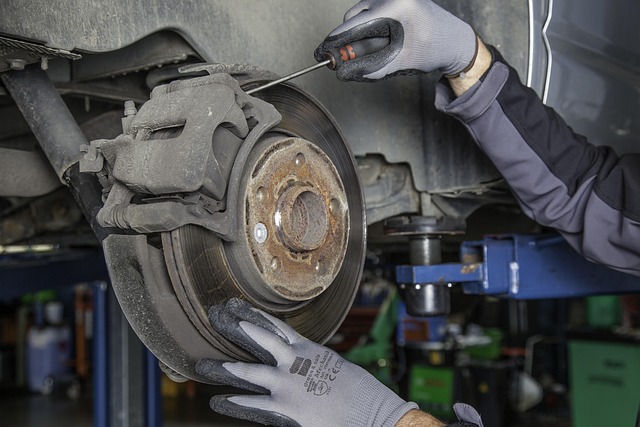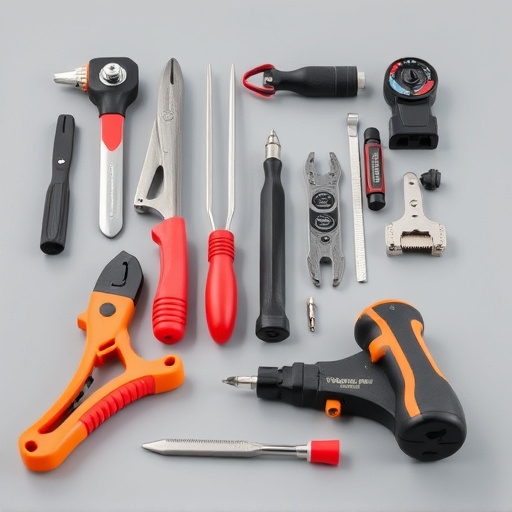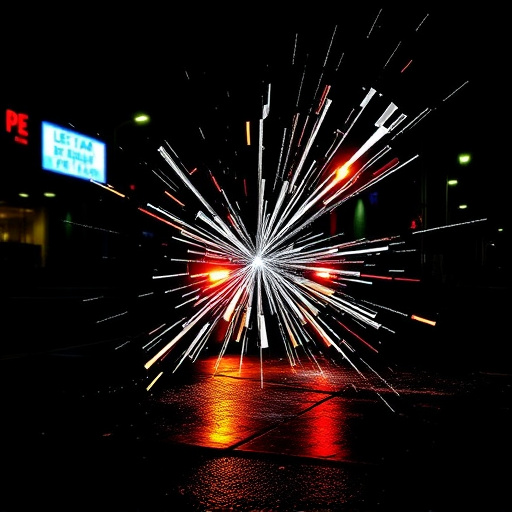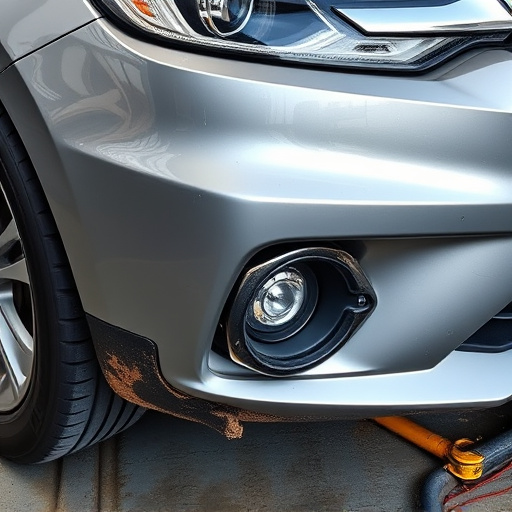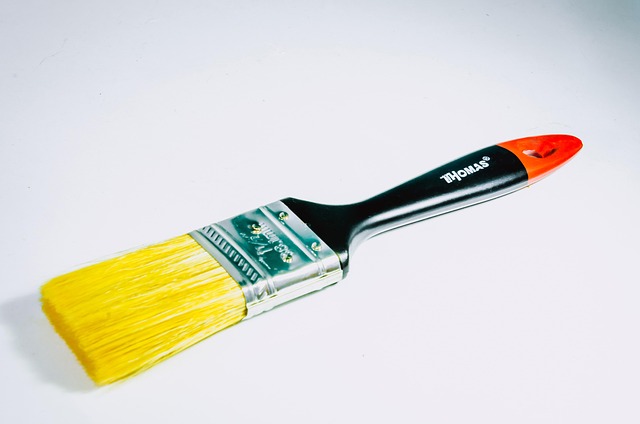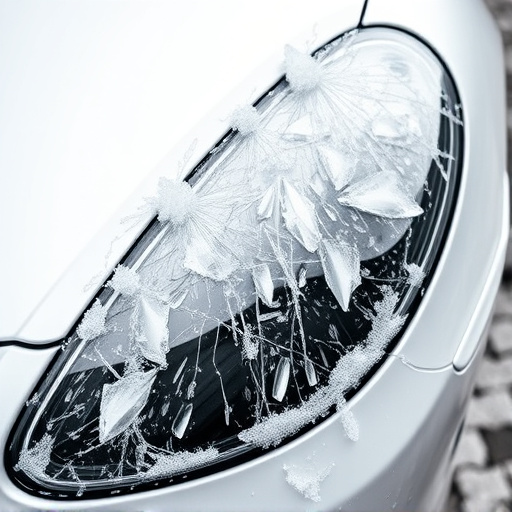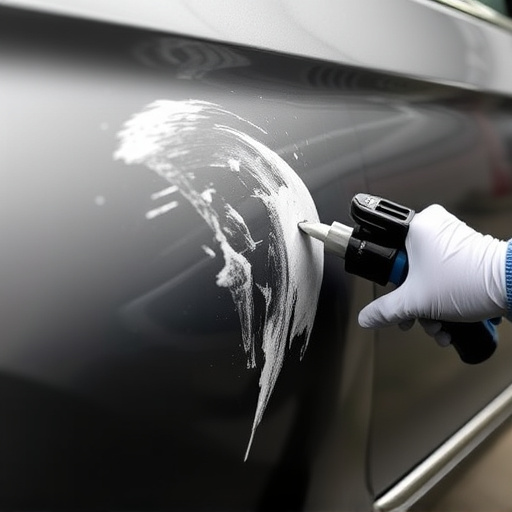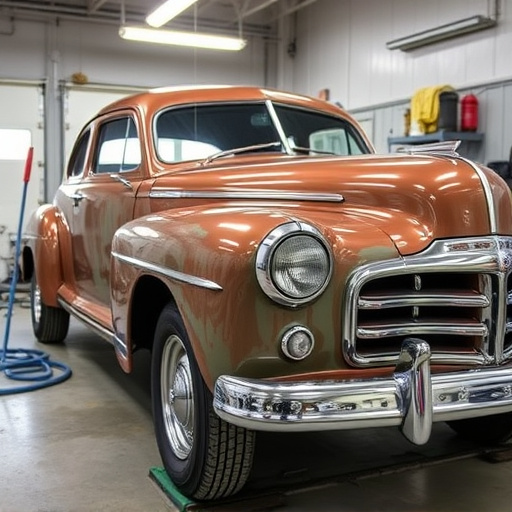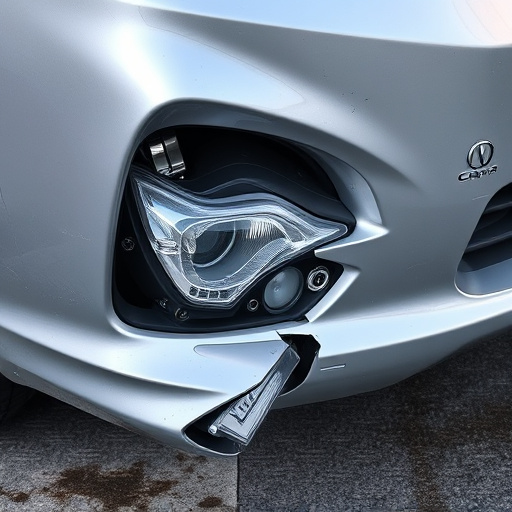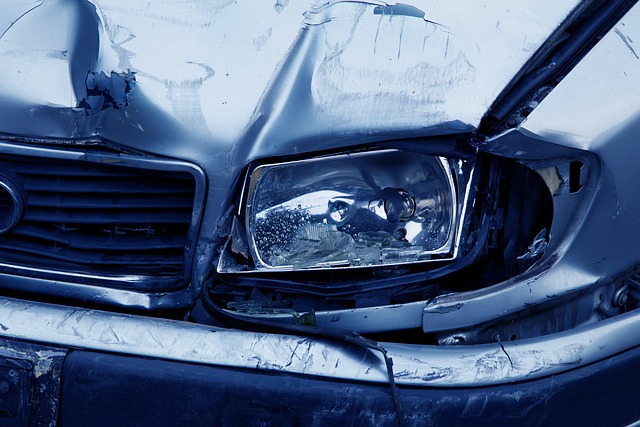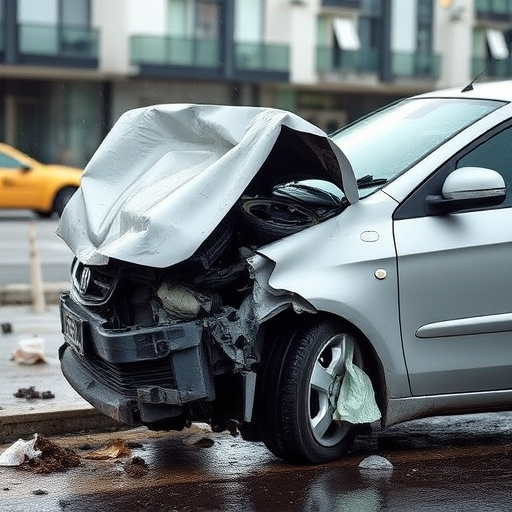Specialty trim repair in modern vehicles requires skilled technicians and advanced techniques due to its delicate nature. Damaged wood veneers, chrome accents, and leather stitching demand tailored restoration methods within collision centers. This meticulous process involves assessing, securing, and precisely reconstructing these features using high-quality materials and precise color matching. DIY repairs or improper techniques can lead to subpar results; thus, professionals emphasize precision and expertise for optimal vehicle aesthetics while adhering to safety standards.
In the intricate world of collision repairs, specialty trim stands out as a delicate element demanding meticulous attention. This article unveils the best practices for safeguarding these intricate components during restoration, focusing on their unique vulnerabilities and effective protection strategies. From understanding the intricacies of specialty trim to mastering repair techniques and steering clear of common pitfalls, this guide equips professionals with the knowledge to ensure pristine trim restoration, preserving vehicle aesthetics in every detail.
- Understanding Specialty Trim and Its Vulnerability During Collisions
- Best Practices for Effective Protection and Repair Techniques
- Common Mistakes to Avoid for Successful Trim Restoration
Understanding Specialty Trim and Its Vulnerability During Collisions

Specialty trim, often found in modern vehicles, refers to intricate and precise details that enhance the interior aesthetics. These include decorative elements like wood veneers, chrome accents, leather stitching, and unique panel finishes. While they significantly contribute to a vehicle’s luxury appeal, specialty trim is also particularly vulnerable during collision repairs. Unlike standard body panels that can be replaced with relative ease, specialized trim often requires meticulous care and precise handling due to their delicate nature.
During a collision, these intricate details can sustain significant damage, from cracks and chips in the wood veneers to tearing or burning of leather. Auto bodywork professionals must therefore approach specialty trim repair with specialized knowledge and equipment. Skilled technicians use tailored techniques such as sanding, matching dyes, and meticulous re-attachment to restore these features to their original condition, ensuring that the vehicle not only looks good but also retains its high-end feel in what is often referred to as a collision center.
Best Practices for Effective Protection and Repair Techniques
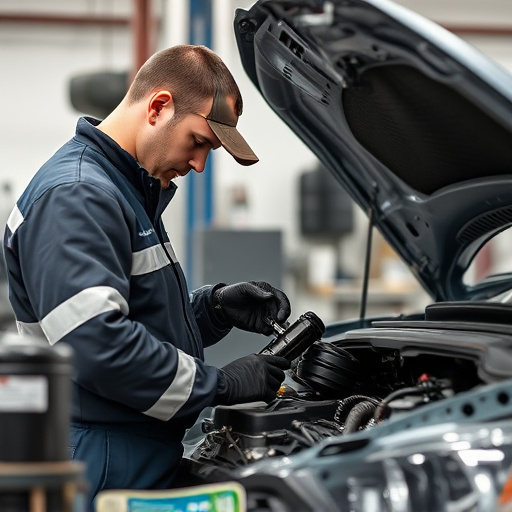
When it comes to collision repairs, especially for specialty trim components, a multi-faceted approach ensures optimal protection and restoration. The initial step involves assessing the damage, identifying loose or detached trim pieces, and securing them temporarily to prevent further degradation. This meticulous process requires specialized tools and expertise, as even the slightest mistake could compromise the integrity of intricate designs.
Professional car body shops employ advanced techniques like custom moldings, precision cutting, and expert handiwork to replace damaged trim accurately. Vehicle repair services that specialize in specialty trim repair understand the aesthetic value and structural role of these components. They use high-quality materials, carefully match colors, and pay close attention to details to ensure seamless integration with the vehicle’s existing features, maintaining both the car’s original appeal and safety standards.
Common Mistakes to Avoid for Successful Trim Restoration
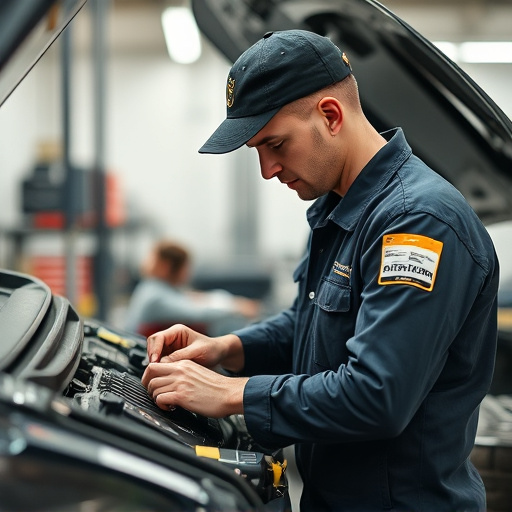
In the pursuit of meticulous trim restoration, it’s inevitable to encounter common pitfalls that can jeopardize the outcome. One frequent mistake is attempting DIY repairs, especially with specialty trim. While enthusiasm is admirable, the intricate nature of such work demands precision and expertise. Attempting to replicate professional techniques may lead to subpar results, exacerbating the damage and requiring additional car bodywork services down the line.
Another blunder to avoid is neglecting proper preparation. Skipping crucial steps like surface cleaning, sanding, and priming can result in an uneven finish or paint issues. Inaccurate alignment and fitting are also common errors, leading to visible gaps or misaligned components. Remember that successful trim restoration involves meticulous attention to detail, utilizing appropriate tools and techniques, and leaving no room for compromise when it comes to car paint repair and overall vehicle aesthetics.
Protecting specialty trim during collision repairs is vital for maintaining vehicle aesthetics and ensuring a seamless restoration. By understanding the unique vulnerabilities of this intricate component, adopting best practices, and steering clear of common mistakes, professionals can achieve exceptional results in specialty trim repair, enhancing customer satisfaction and preserving the car’s original beauty.
